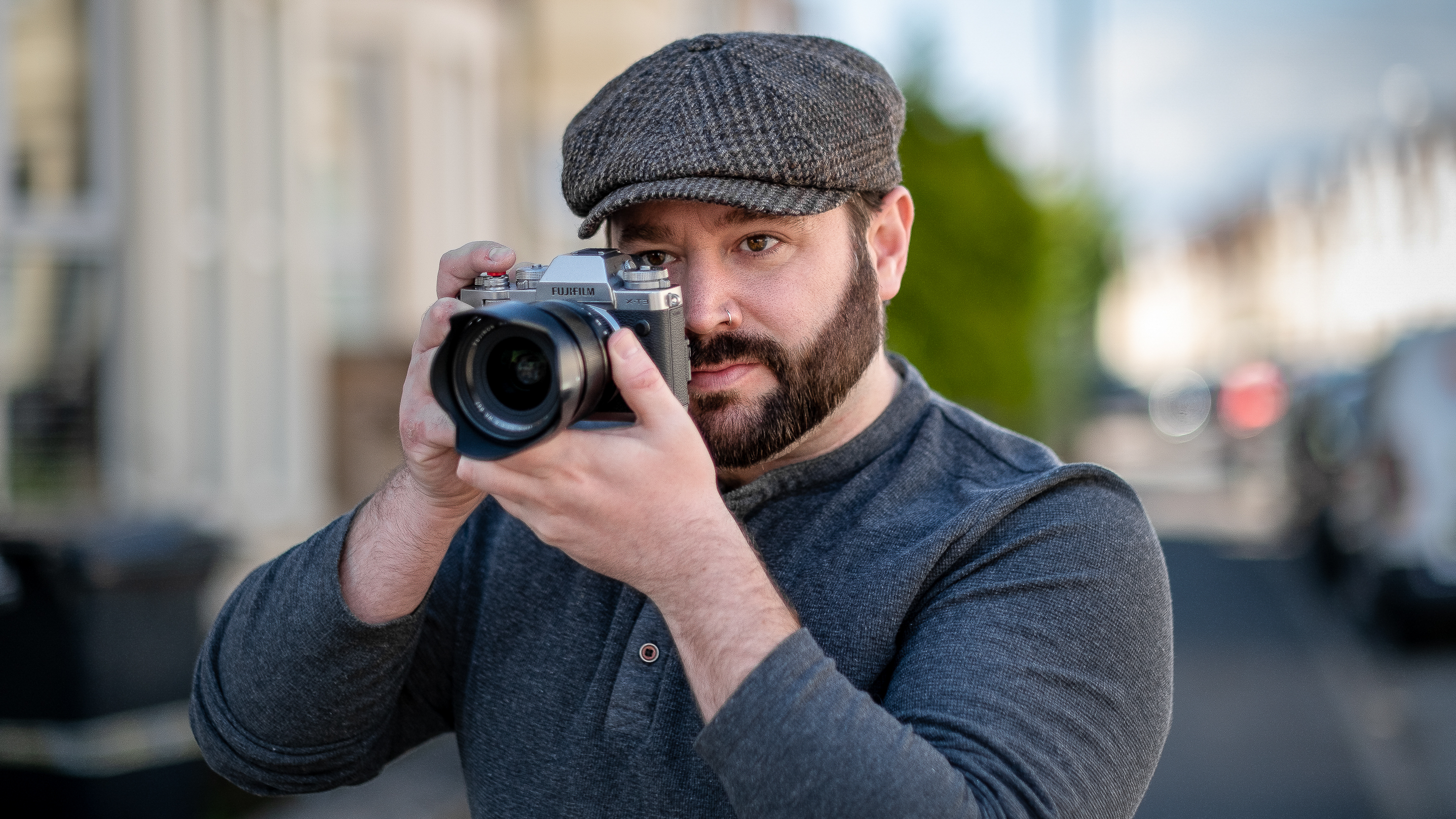Improve your pet photography with these pedigree tips!
Pro photographer Anna-Marie Coster shares her skills for capturing paw-some dog portraits
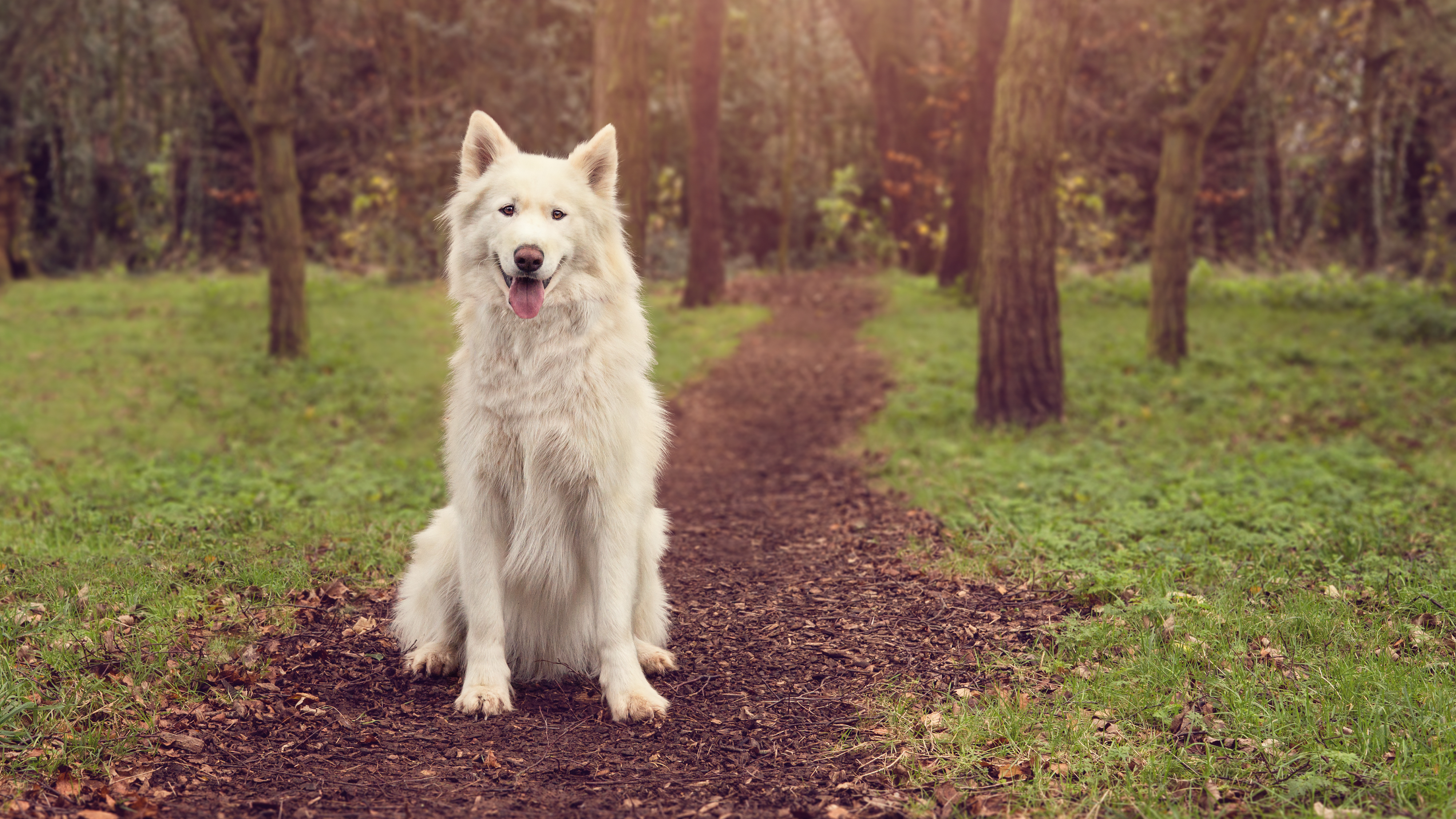
Dogs and photography are two of my favorite things in the world. I grew up with a four-legged best friend constantly by my side, plus a pocket camera, often using the entire roll of film to take photographs of my companion.
I finally put my two passions together and became a professional dog photographer in 2013. I have since been fortunate to capture thousands of dogs; although the equipment and concept is the same for each, every photo shoot is different.
Each dog has its own character. They have different personalities, emotions and stories to tell, and that’s what I love to capture on camera. You will often find me lying in the muddy grass or covered head-to-toe in dog fur, all while holding a camera in one hand and a squeaky toy in the other. I wouldn’t have it any other way.
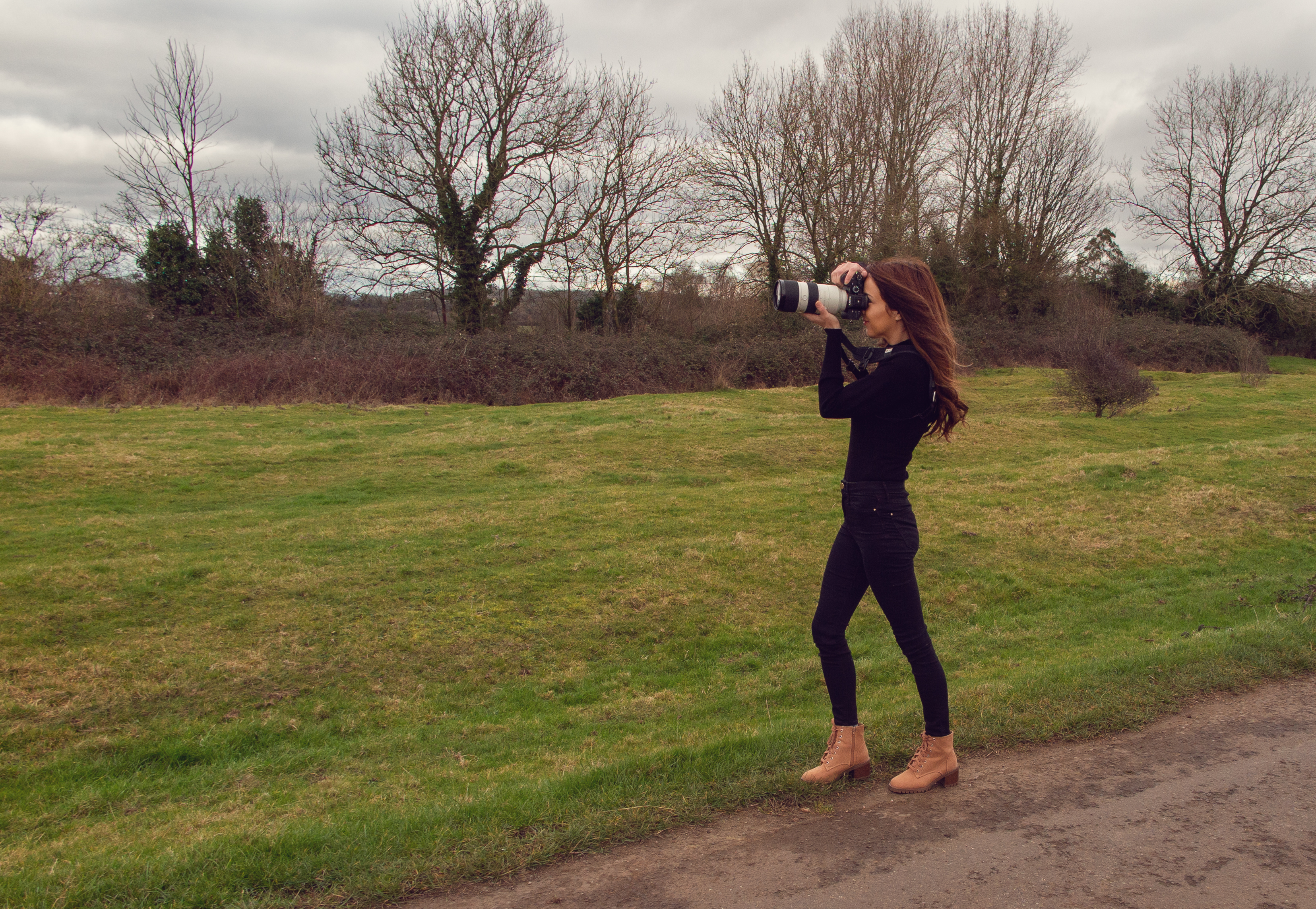
Anna-Marie Coster is a a pro photographer based in Gloucestershire, UK. She specializes in pet and portrait photography. as well as wildlife and events.
photographybyannamarie.co.uk
It really helps to have an understanding of dog behavior when you photograph dogs. My qualification in dog behavior and psychology is especially important when I volunteer my time to give a voice to the voiceless and photograph rescue dogs on their search to find their second chance.
The best pet camera can be used to monitor your dog when you're away from home, but capturing creative images requires proper photographic gear. My digital camera journey has always featured a Sony A7 and my go-to lens, a Sony FE 70-200mm. I’m lucky enough to have won many awards for my dog photography, but the most rewarding part of it is seeing how much joy those captured memories can bring to others. Whoever said diamonds are a girl’s best friend never owned a dog…
How to photograph your pets
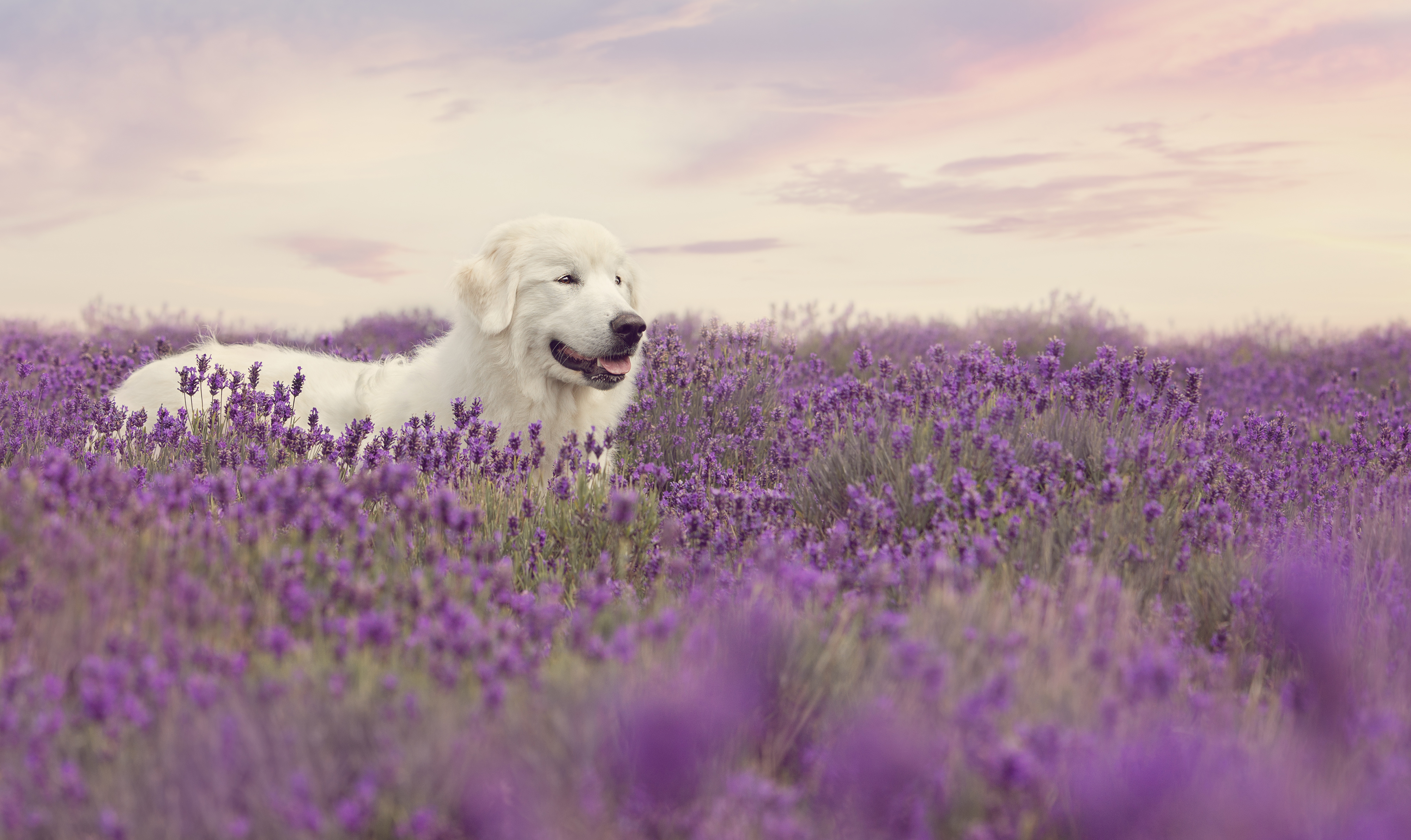
1. Use natural light
Natural, continuous light won’t create any harsh flashes, which can both frighten dogs and cause red eye. Overcast days are best at naturally providing even, diffused lighting.

2. Consider your composition
You can create a more interesting composition by using the rule of thirds rather than placing the subject centrally. When the dog is looking outside of the frame, it gives it space to look into.
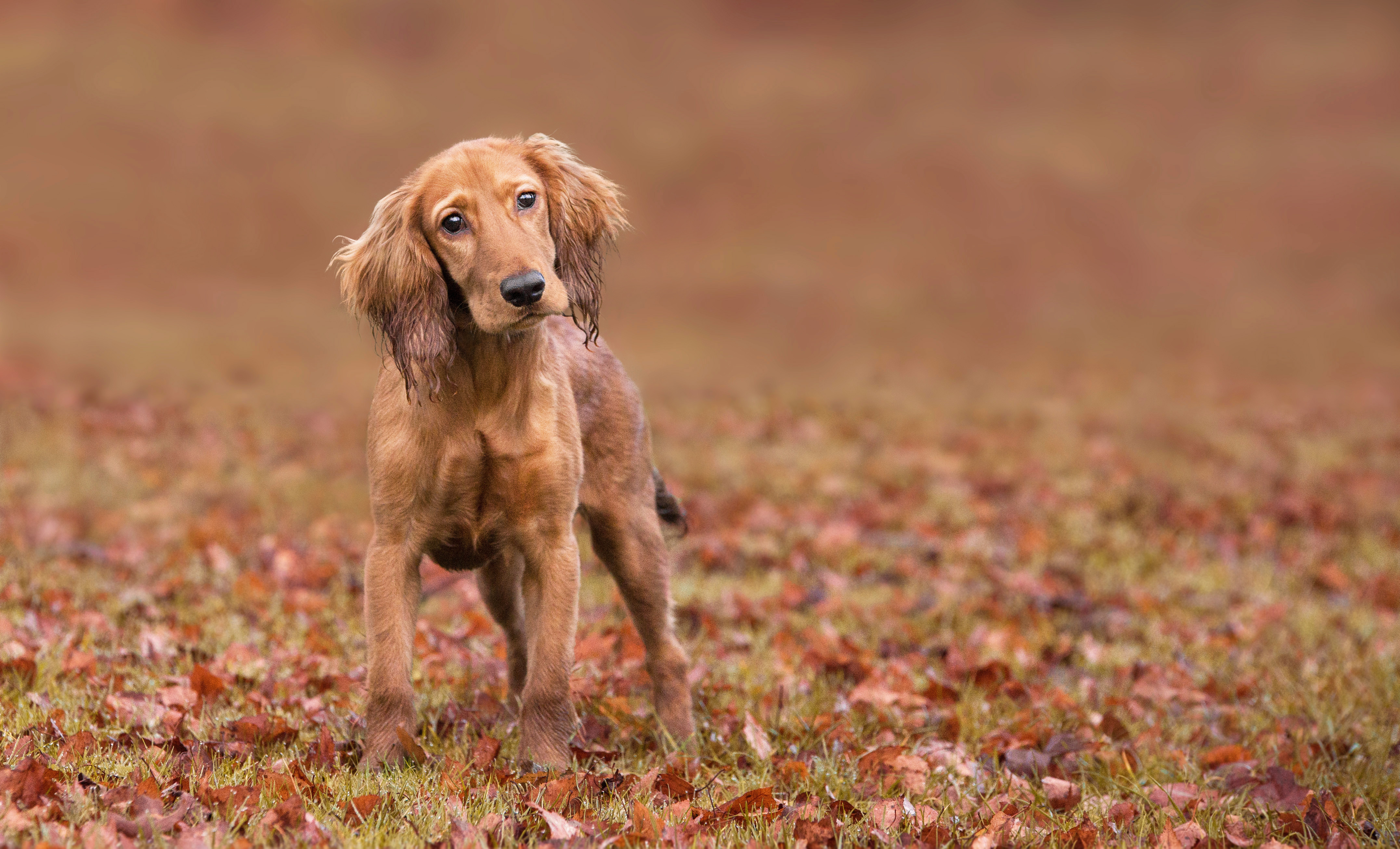
3. Create a shallow depth of field
By using a wide aperture, you are able to blur the background elements: this helps to separate your subject and add depth, while also allowing the dog to be the main focus of the image.
• The best standard zoom lenses

4. Choose a good background
Locations can be just as important as your subject matter. Look for interesting, colorful backgrounds that complement and contrast with your subject, and where the dog feels comfortable.
Read more:
Best pet camera in 2022
How to use a ring light for perfect pet portraits
The best telephoto lenses
Get the Digital Camera World Newsletter
The best camera deals, reviews, product advice, and unmissable photography news, direct to your inbox!
Alistair is the Features Editor of Digital Camera magazine, and has worked as a professional photographer and video producer.
